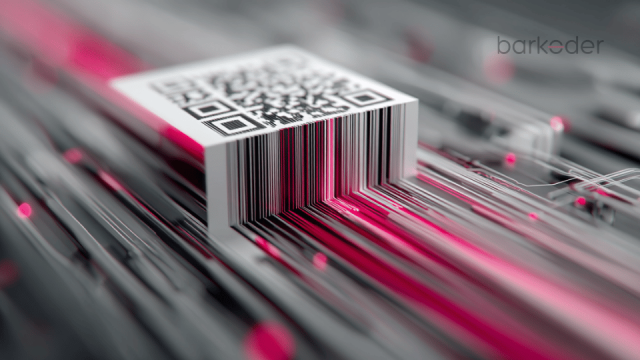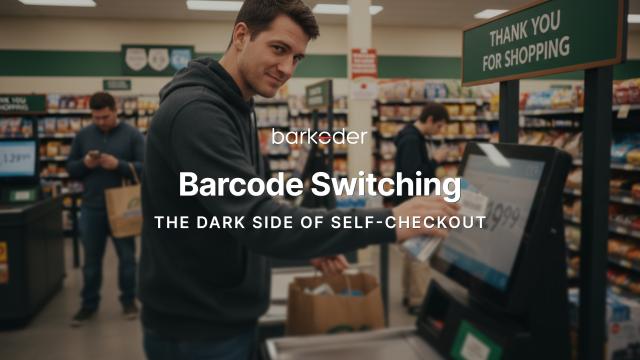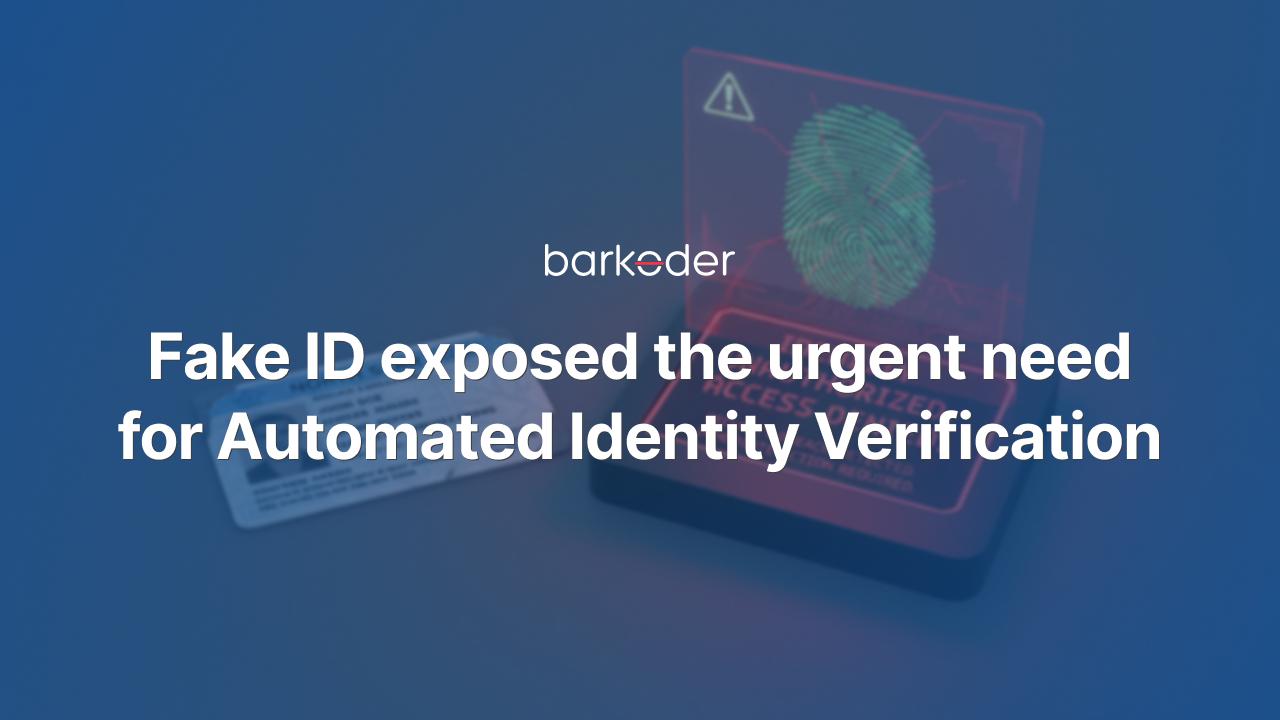
How a Fake ID Exposed the Urgent Need for Automated Identity Verification
A teenager recently went viral on social media after showing how easy it was to buy a shockingly realistic fake ID online—for just $10. The photo, complete with holograms, barcodes, and scannable features, looked nearly identical to the real thing. It was a wake-up call not just for regulators, but for businesses of all sizes that rely on identity checks to prevent fraud.
A recent report by 404 Media revealed the existence of a platform called OnlyFake, which sold AI-generated passports and driver’s licenses from 26 countries for just $15. These hyper-realistic forgeries were specifically designed to bypass automated KYC checks at leading exchanges like Binance, Kraken, Bybit, Coinbase, and Revolut. Although the site has since been taken down, the damage is clear: AI-powered identity fraud is no longer a future threat—it’s already here.
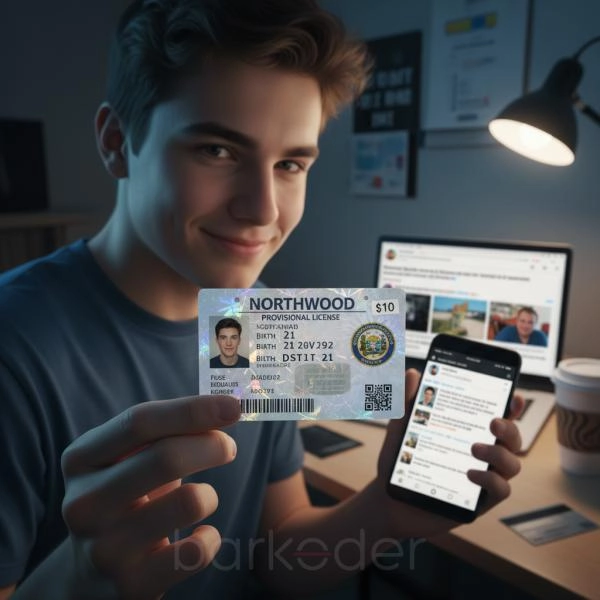
“The internet is not a refuge for criminals. If you build or sell tools that let offenders impersonate victims, you are part of the crime,” said Acting U.S. Attorney Ryan Ellison. “We will use every lawful tool to disrupt your business, take the profit out of it, and bring you to justice. No one operation is bigger than us together. With our partners at every level of law enforcement we will protect New Mexicans and defend those who stand up for our community.”
"The removal of this marketplace is a major step in protecting the public from fraud and identity theft crime," said Philip Russell, Acting Special Agent in Charge of the FBI Albuquerque Division. "Together with our partners, we will continue to target and dismantle the platforms that criminals depend on, no matter where they operate."
Identity documents play a vital role in both professional and everyday life. They are essential for participating in activities, securing employment, and making purchases. For this reason, these documents must not only be authentic but also easy to verify.
Unfortunately, that isn’t always the case. As criminal networks grow more advanced in producing counterfeit IDs, the risk of fraudulent documents slipping through increases. This poses a serious challenge for businesses and organizations, particularly during customer or employee onboarding and identity verification. In fact, global losses from digital fraud reached $47.8 billion in 2024, marking a 15% year-over-year increase.
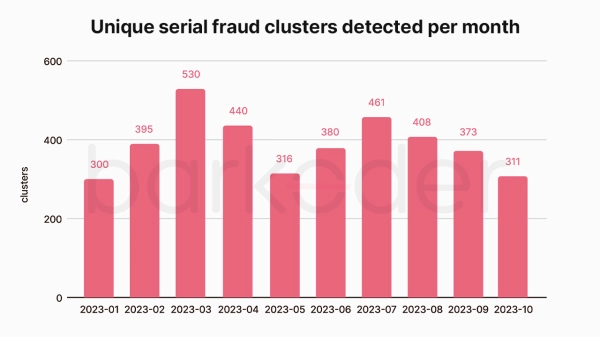
The Real Cost of a 10$ Fake ID.
While 10$ might not sound like much, the cost of overlooking fake IDs can be catastrophic for businesses. Fraudsters using fake or stolen identities can:
- Open fraudulent accounts and rack up unpaid balances.
- Abuse promotions and bonuses meant for real customers.
- Engage in money laundering or other criminal activity.
- Erode customer trust when fraud becomes public.
Reputational damage alone can take years to recover from, often far outlasting the immediate financial losses. Once customer trust is broken, winning it back requires significant effort, transparency, and consistent proof of reliability. And that’s before the additional burden of regulatory fines, lawsuits, or compliance penalties comes into the picture—costs that can cripple even established organizations. For many businesses, the reputational fallout ends up being more devastating than the initial fraud itself, affecting partnerships, market perception, and long-term growth.
Why Manual Checks Aren’t Enough
Many businesses still rely on manual ID checks, trusting staff to visually inspect documents. But modern fake IDs are nearly impossible to detect with the naked eye. Holograms, microprint, and even scannable chips can be replicated with surprising accuracy.
Employees aren’t trained forensic document experts, and expecting them to spot sophisticated counterfeits puts both the employee and the company at risk.
Detection results are automatically and regularly compared against government data sources (such as the American Association of Motor Vehicle Administrators, or AAMVA) to ensure accuracy.
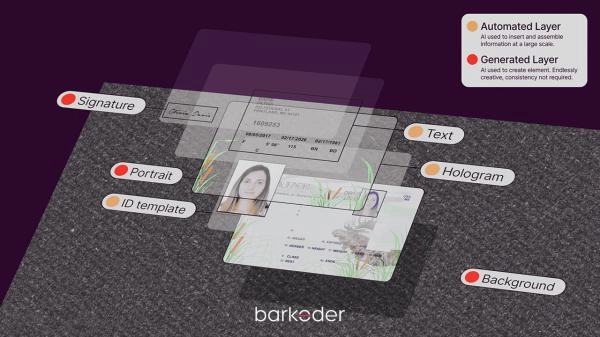
Automated ID Verification: The New Standard
Automated ID verification uses AI-powered software to analyze IDs in seconds, checking for:
- Microprint consistency and holographic features.
- Data cross-referencing against official databases.
- Liveness detection to ensure the person isn’t using a photo or mask.
This technology drastically reduces fraud, speeds up onboarding, and ensures compliance with regulations like KYC (Know Your Customer) and AML (Anti-Money Laundering). By automating identity verification, businesses can eliminate the risks and inefficiencies of manual checks, while providing customers with a smoother and faster experience. Beyond compliance, it also strengthens trust between companies and their users, creating a secure environment where transactions and interactions can thrive. Organizations adopting this approach not only safeguard themselves from financial and legal consequences but also gain a competitive edge by offering reliable, user-friendly, and future-proof solutions.
The Bottom Line
The $10 fake ID isn’t just a viral stunt—it’s a warning sign for every business. Relying on outdated, manual methods of identity verification is no longer enough. As fraud becomes cheaper, faster, and more sophisticated, organizations that fail to adapt put themselves, their employees, and their customers at risk.
The reality is staggering: fraud already costs businesses billions every year, and the entry point for criminals is getting lower. When fake IDs can be purchased online for as little as $10, the real question isn’t whether fraudsters will try to exploit weak verification systems—it’s how often they’ll succeed.
That’s why automation is no longer a luxury, but a necessity. Automated identity verification tools can instantly detect inconsistencies, analyze security features, and flag suspicious documents at scale—something no manual process can achieve with the same speed or accuracy.
Because when fraud costs billions, a $10 fake ID is more than just a bargain—it’s a liability. To learn how to spot fake IDs and strengthen your defenses, check out this guide: How to Spot a Fake ID





